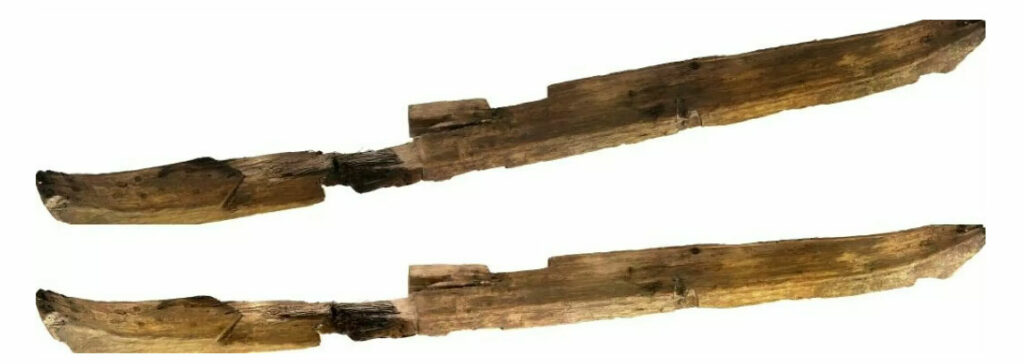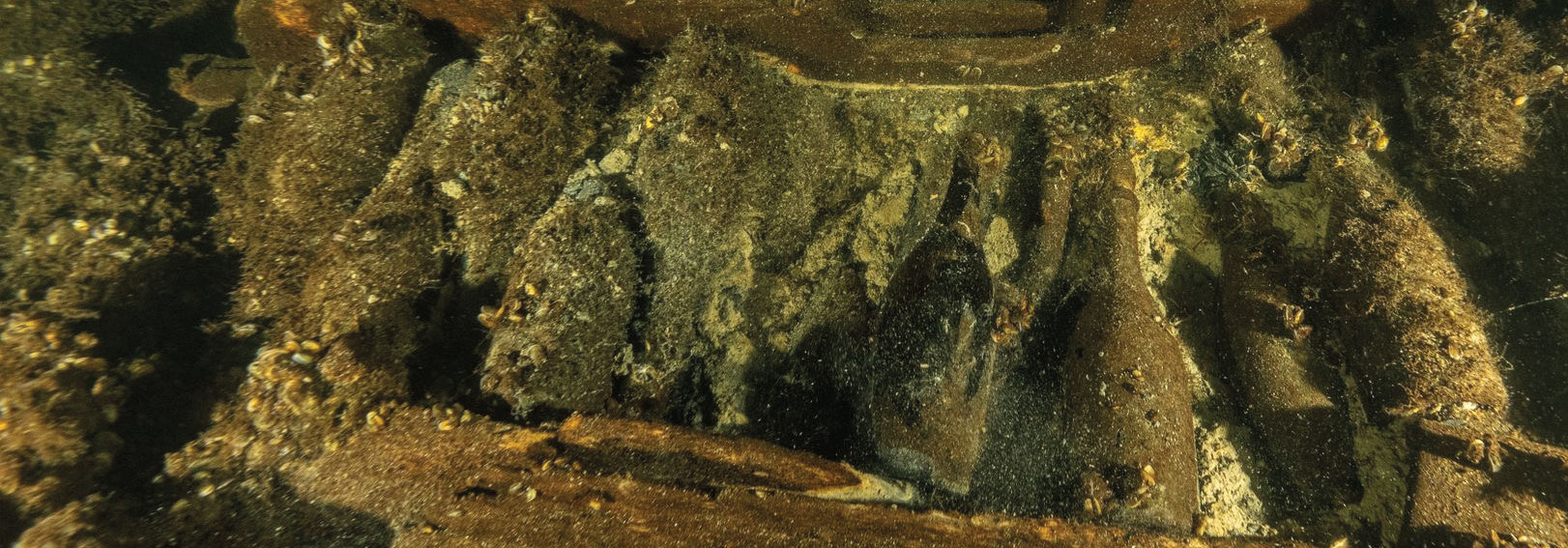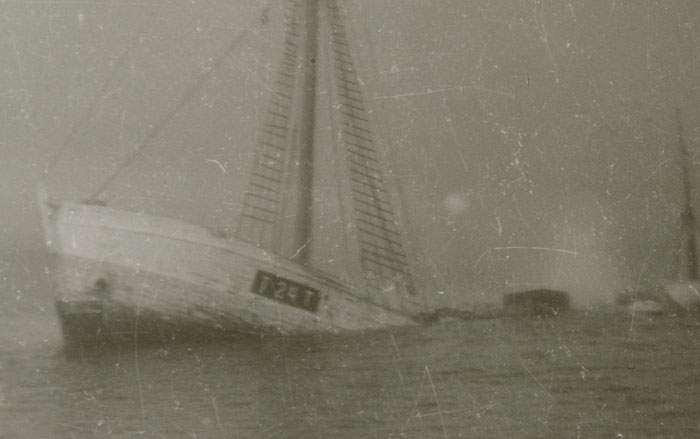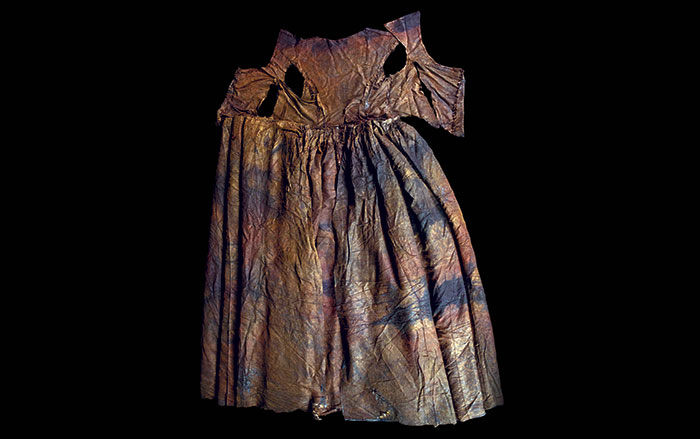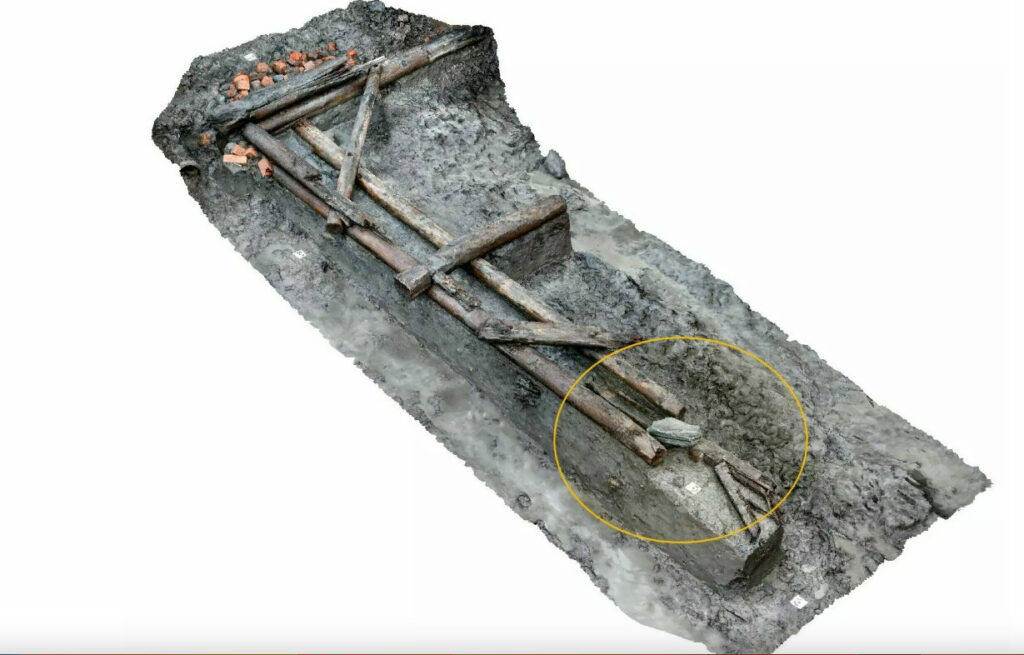
OSLO, NORWAY—According to a Science Norway report, tree-ring dating of a ship part found underneath the foundation of a fourteenth-century wharf in the Bjørvika inlet of the inner Oslo Fjord indicates that the tree had been felled sometime between A.D. 1087 and 1100. The dates suggest that the ship sailed at the end of the Viking Age, when Oslo was a small town, said archaeologist Håvard Hegdal of the Norwegian Institute for Cultural Heritage Research (NIKU). This ship part belonged in the middle of the ship, and the mast to hold its sail would have been attached to a hole in its center, Hegdal explained. “There’s an aesthetic quality to the ship part we’ve found that we don’t find in the more roughly hewn parts from cargo ships and work ships made in the Middle Ages,” he added. “In older ships, it sometimes happens that the planks in the hull are decorated externally with planed lines. But this ship part has decoration on all sides. Even where it has barely been visible,” Hegdal continued. Other shipwrecks found in this area of Oslo’s historic harbor have been dated from the thirteenth through the seventeenth centuries. To read about Viking Age ship burials, go to "Sailing the Viking Seas."
